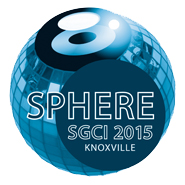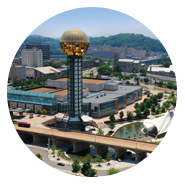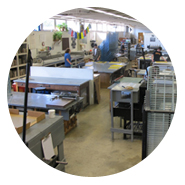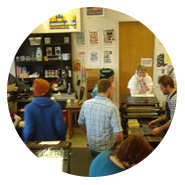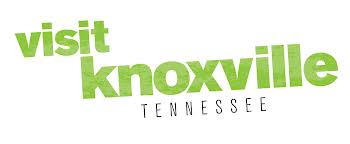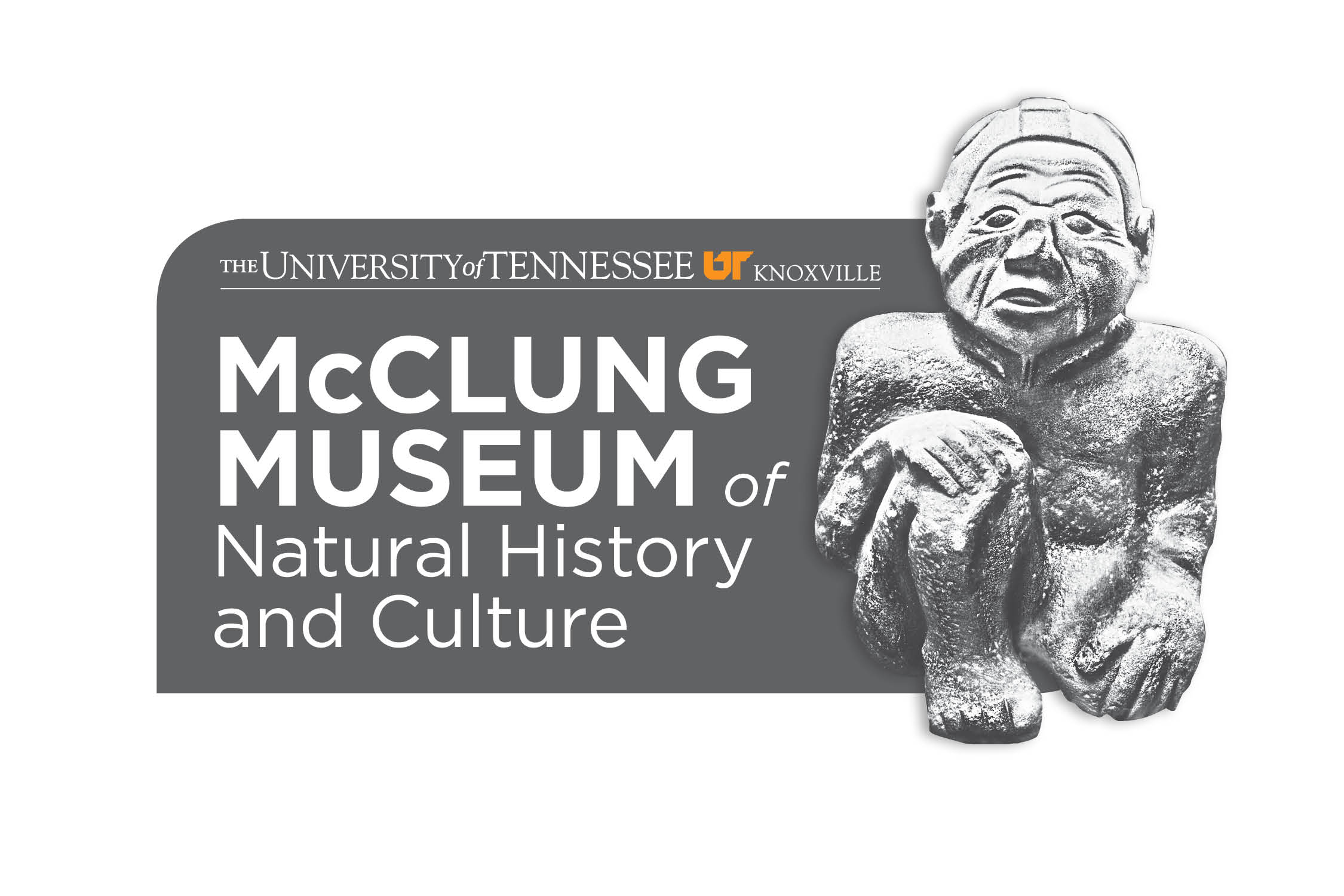panel session A1
THE COLLBORATIVE SPHERE
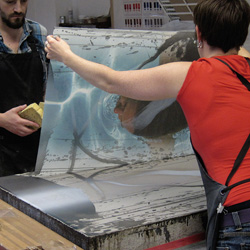
THURSDAY MARCH 19, 10:00-11:30AM
KNOXVILLE CONVENTION CENTER BALLROOM ABC
Session Chair: Liz Ingram, University of Alberta, Edmonton, Canada
Email: lizingra@ualberta.ca
Printmaking is often thought of as a collaborative art. Certainly the artist–printer relationship is one way to think about this. However, there are other models of collaboration, ones that involve multiple authorship, dialogic structures and improvisation. When does collaboration advance an artistic vision, and is it always a good thing? How are collaborative skills acquired, and are they teachable? This session addresses a broad range of perspectives on the sphere of collaboration, from a questioning of academic structures that perhaps inhibit collaborative practices, to specific collaborations with farmers and scientists, to print’s ongoing relationship to history and current technologies that position it as a vital contemporary collaborative practice.
Presenter 1: Erika Adams, Concordia University, Montreal, Quebec, Canada
Paper Title: Locating Printmaking in Contemporary Art: Finding Meaning in Ideas of Collaboration
In printmaking, collaborations can be described as the exchange between an artist and shop/materials, between printer and artist, between artists, between conceptions of the multiple or edition, and in the relationship of the artist to a social dialogue. In this sense, collaboration is a concept that describes the print shop work environment as well as the interchange between people and materials. Those exchanges belie the nature of printmaking; it is at once fluid, relational and collaborative. Beginning with that premise, this presentation will examine the relationship between print’s history and its current applications in an attempt to locate today’s print practice in contemporary art. Considering the work of artists like Seripop, Asuka Ohsawa, Kjellgren Alkire and Jenny Schmid, the presentation will also investigate notions of collaboration in order to suggest that, particularly in relation to social and political dialogue, the versatility of the print encompasses a expanded field of making.
Presenter 2: Douglas Bosley, University of Wisconsin - Madison, USA
Paper Title: Pluridisciplinary Approaches to Art and Science
Abstract: Since August of 2013 I have had the pleasure of collaborating with biologists at the Forest Laboratory in the Department of Bacteriology at the University of Wisconsin-Madison. The Forest Laboratory considers collaboration with artists to be an important component of their research practice and makes efforts to include an artist on their team. Embedding a specialist from another field (not trained as a scientist) in the lab challenges them to consider orthogonal ways of thinking about what would otherwise be the normalized practices of the field. As the visiting artist in residence I use lab space as my studio space and interact with the other group members while developing an independent body of artwork. Outreach projects resulting from our collaboration include a current exhibition at the Overture Center for the Arts in Madison, WI of artworks made in the lab space, and a planned youth summer microscopy workshop.
Presentation 3: Daniela Schlueter and Stefan Demming, Berlin, Germany
Paper Title: Dropping in on Farmers – When Farmers, Artists and Scholars Meet
This project involves collaboration between artists, farmers and scholars leading to a traveling exhibition with different printmaking events and panel discussions on six different farms. Three of these farms are working “family farms” and the other three are farms, renovated and transformed into museums. Why is there a longing in humans to live a different, more intimate and romanticized life within nature? What does natural mean in times of industrialization of farming? Our goal is it to start a dialogue between farmers, artists and scholars. Our research and collaboration is creating bridges between artists working in a variety of media (including printmaking, installation, video, drawing and interventions in public spaces), farmers and scholars. Through this collaborative project we are attempting to raise ethical and moral questions and concerns by bringing contemporary art and scholars onto farms to create “places for discovery”.
Presenter 4: Barbara Zeigler, University of British Columbia in Vancouver, Canada
Paper Title: Art and Collaboration in the Academic Sphere
This paper focuses on artistic collaborations involving two or more artists-teachers and/or artists-students in the production of artworks within university or college academic environments. Issues of authorship are considered and reasons are investigated as to why collaborative art practices, in which equal credit is attributed to each artist, are not seen more often in visual arts programs within academia. Links are made to the role of the state and the economy, hierarchical styles of social management within education, and feminist critiques of mastery and genius. The role fear plays in impeding change is discussed. Consideration is given to the possible benefits of fostering collaborative art that is jointly authored and equally attributed within print curricula, and student and faculty praxis.
